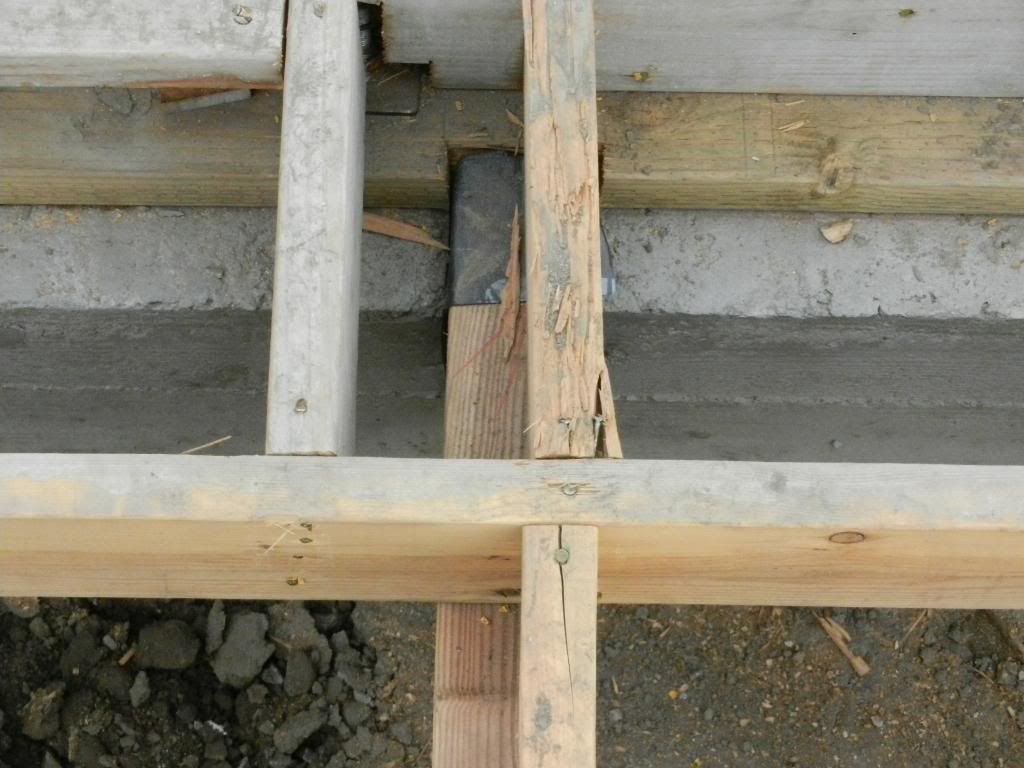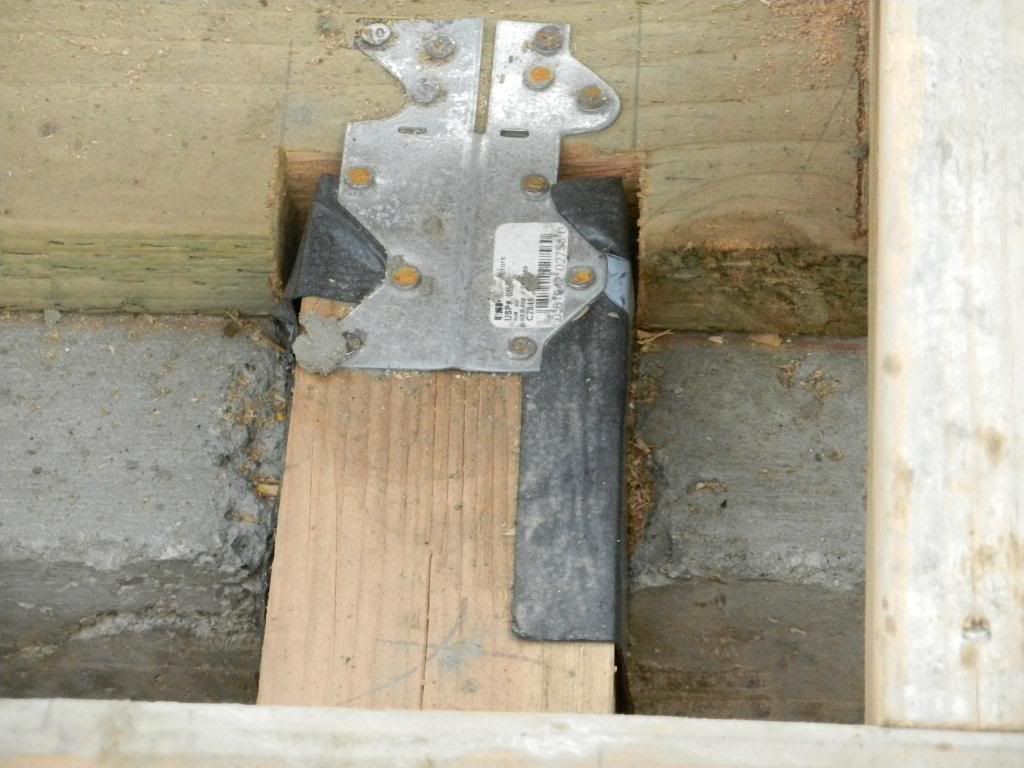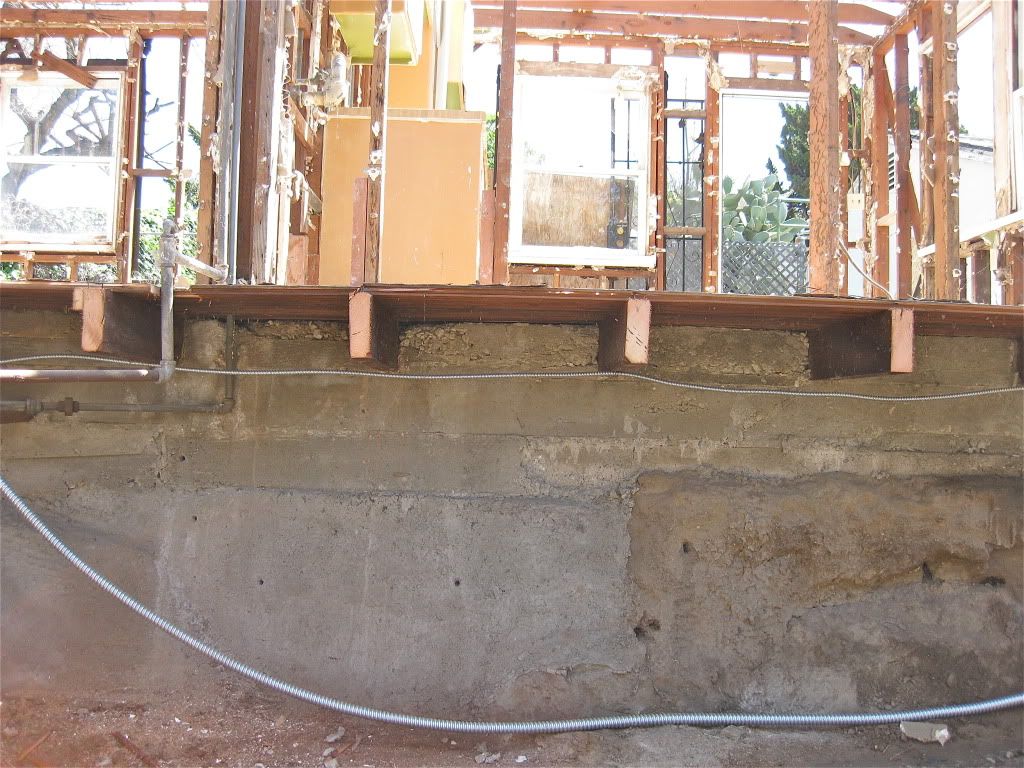There is no gap. There is rubber. Do you make them fix it? eight times




Your premier resource for building code knowledge.
This forum remains free to the public thanks to the generous support of our Sawhorse Members and Corporate Sponsors. Their contributions help keep this community thriving and accessible.
Want enhanced access to expert discussions and exclusive features? Learn more about the benefits here.
Ready to upgrade? Log in and upgrade now.


I'm not so sure about that. Here is an example that lasted 85 years.Rider Rick said:ICE,It will rot.
Someone will need to fix it later.

Time will tell.Fort said:As long as the non-pt girder is not touching concrete at all, I'd say the 60 mil membrane is an approved alternate I this application and geographical location.
I might be able to get a web cam installed. :inspctrRider Rick said:Time will tell.
I thought the same as you but it's not redwood.Glenn said:Are you sure these older homes you speak of aren't redwood? That photo above looks like redwood.
